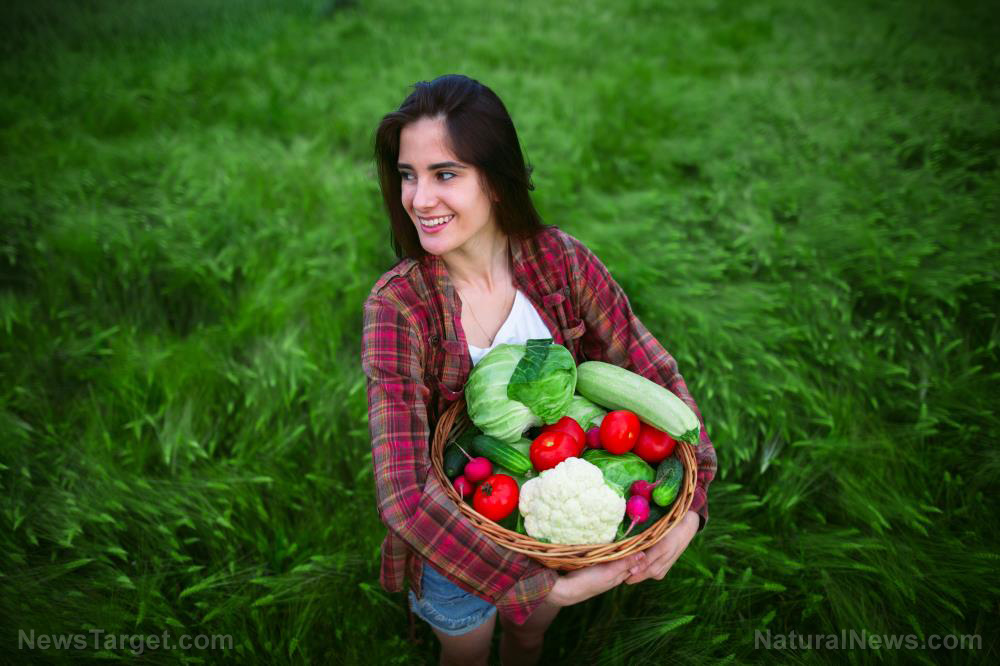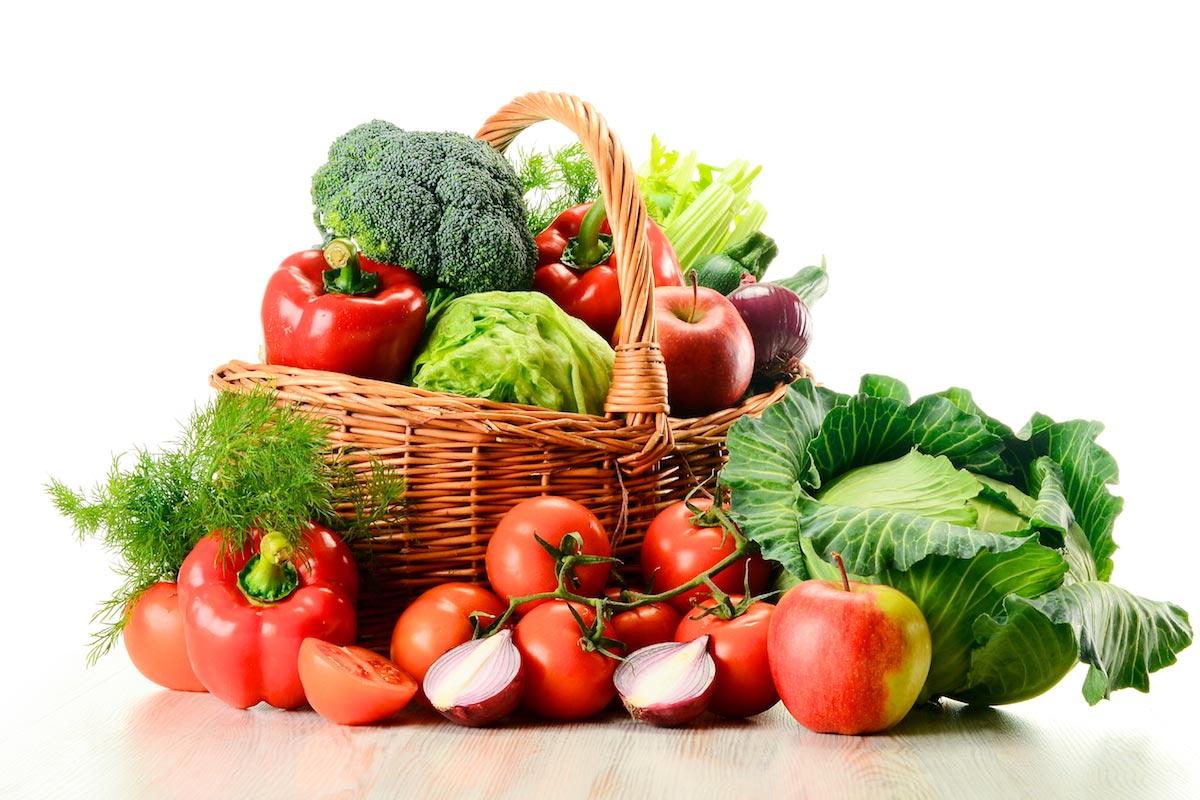
It'll be a shame if you have to throw out all those tasty berries, healthy fruits, and nutritious vegetables because they're no longer fresh. That's why a PreppersWill article covered the basics on preserving these organic produce.
First off, remember that certain vegetables can be cured to extend their lifespans. Garlic, onions, potatoes, sweet potatoes, and winter squash are candidates for curing. The curing process is simple and straightforward. Find a warm, dry, and airy place indoors. For those of you who like numbers, the temperature should be around 70 degrees to 85 degrees and the humidity should be at 70 percent.
Depending on the size of the vegetables, you will either hang bunches of them together or lay them out in a single layer. Leave them for two weeks or until their necks have dried out and tightened. Now you can store the cured veggies in whatever box or crate is handy.
Cold storage
Cold storage involves two different devices: The refrigerator and the freezer. The fridge can be used to hold beets, carrots, and other fairly tough vegetables. The trick is to time your harvest right. Wait until late fall to gather your crops. You want the temperature to be cold but not freezing; the latter condition will damage the vegetable. When you harvest them, avoid the temptation to remove the soil clinging to the roots. Just put them into plastic bags. (Related: Food storage tips: 5 ways to preserve milk.)
Store the bags at the bottom of the fridge. Now you have a supply of taproot vegetables throughout the cold season.
Using the freezer to store your produce takes a bit more work. First, find out if the vegetables require steaming or blanching beforehand. Broccoli, cauliflower, leafy greens, peas, and summer squash require steaming. They also take different lengths of time to blanch. Save time and effort by putting together vegetables with similar blanch times. You may also want to chop up them up and store the pieces in freezing bags.
Don't use a kitchen freezer for long-term storage. Those devices have defrost cycles that will reduce the storage life of your produce. Instead, use chest freezers to hold your veggies.
Fermentation, pickling and dehydration
Fermented foods have a lot of good points. They last a long time in your fridge, keep more of their nutrients, and add good probiotic bacteria for your gut. Fermentation encourages microorganisms to break down sugars into alcohol and acid that act as natural preservatives. The presence of salt keeps harmful bacteria out.
When fermenting foods, keep the temperature at around 68 degrees to 72 degrees. Also make sure the seals on the containers are properly fastened. Cucumbers, cabbages, carrots, lemons, and mangoes are good candidates for fermenting. They also have the advantage of making good pickles. The pickling process is fairly similar to fermentation. Just add vinegar to the mix.
The final method recommended to stockpile perishables is dehydration. Drying food is one of the oldest and easiest ways to preserve produce. You can use a dehydrator, your oven, or the natural process of air drying the food under the sun or indoors. There is no fruit or vegetable that cannot be dried. Some of them will require blanching, though, lest the drying process starts breaking down enzymes and causes nutrient loss.
Dehydration is an excellent method for preserving herbs like basil, oregano, and rosemary. The lack of moisture keeps out pesky bacteria, mold, and yeasts. Drying food also makes them lighter. This is perfect for travelers who don't want heavy luggage and have no easy access to refrigeration.
Did this article leave you hungry for more food-related news? Fill yourself up by visiting FoodSupply.news.
Sources include:
Please contact us for more information.





















